Royal Observatory Greenwich
The Royal Observatory Greenwich is a must-visit destination for anyone exploring things to do in London. This historic site offers unique experiences, including standing on the Prime Meridian Line and viewing the stars through the Great Equatorial Telescope. Learn about the fascinating history of timekeeping and navigation, and explore interactive exhibits in the Astronomy Centre. With stunning views of London and a chance to attend stargazing nights, the Royal Observatory provides an unforgettable journey through science and history. Don’t miss this iconic landmark during your trip to London, where past and present come together in a truly engaging way.
Description
Nestled in the heart of Greenwich Park, the Royal Observatory Greenwich is one of the most significant landmarks in London. With a rich history tied to astronomy and timekeeping, it offers a fascinating glimpse into our past while providing stunning views of London. Whether you’re a science enthusiast, history buff, or simply looking for things to do in London, the Royal Observatory is an unmissable stop on any itinerary. It’s a place where you can stand on the Prime Meridian, explore the development of timekeeping, and enjoy spectacular views. Visiting this remarkable site is a must for anyone eager to delve into the world of space, science, and navigation.
Stand on the Prime Meridian Line
One of the most iconic things to do in London is to visit the Prime Meridian Line at the Royal Observatory Greenwich. This line represents 0° longitude, dividing the Eastern and Western Hemispheres. Standing on it allows you to be in two places at once—what could be cooler than that? This significant line has been used for centuries to calculate time and position, making it the heart of global navigation. The site not only offers a sense of history but also provides great views of the surrounding area.
- Experience being in two places at once.
- Feel the connection to global navigation history.
- Admire views of Greenwich Park and the Thames.
- Stand at the center of time and space.
Explore the Astronomy Centre
For anyone interested in the history of space exploration, the Astronomy Centre at the Royal Observatory Greenwich is a treasure trove of knowledge. It’s one of the best London attractions for those who love learning about the universe. Here, you can discover how our understanding of the stars has evolved over the centuries. The centre features interactive exhibits that engage visitors of all ages. You can explore models of the solar system, learn about famous astronomers, and dive into the science of stargazing. Whether you’re new to astronomy or a seasoned stargazer, there’s always something new to discover.
- Engage with interactive exhibits.
- Learn about the history of astronomy.
- See how telescopes evolved over time.
- Discover the lives of famous astronomers.
Visit the Time Ball
The Time Ball at the Royal Observatory Greenwich is another historical gem that makes the site one of the top London attractions. The Time Ball has been dropping at 1 PM daily since 1833. This public spectacle was once used to help sailors on the Thames set their maritime clocks. It’s a tradition that’s continued today, and watching it is a fascinating part of visiting the observatory. It’s not just a piece of history—it’s a testament to the precision and importance of time in navigation.
- Watch the Time Ball drop at 1 PM daily.
- Experience a historic timekeeping tradition.
- Feel the connection to the world of sailing.
- See timekeeping methods in action.
Tour the Meridian Courtyard
The Meridian Courtyard is the perfect place to enjoy the outdoor beauty of the Royal Observatory Greenwich. This area offers beautiful views of London and the surrounding park, making it a relaxing spot to explore. You can walk along the Prime Meridian Line, visit the historic observatory buildings, or simply enjoy the peace and tranquility of Greenwich Park. The courtyard also provides stunning views of the Thames, the O2 Arena, and beyond. It’s a place where history, nature, and modern-day London blend seamlessly.
- Walk along the Prime Meridian Line.
- Enjoy beautiful views of Greenwich Park.
- Take in panoramic views of London’s skyline.
- Relax in a peaceful, historic setting.
Look Through the Great Equatorial Telescope
The Great Equatorial Telescope is one of the most famous instruments at the Royal Observatory Greenwich. It was once used to observe the stars and planets and remains a powerful symbol of the observatory’s scientific legacy. Today, you can look through the telescope during special events and stargazing sessions. It’s a unique way to connect with the cosmos and experience what astronomers saw centuries ago. Viewing through the Great Equatorial Telescope is an unforgettable part of your visit to London attractions.
- See the stars through a historic telescope.
- Experience the telescope as astronomers did in the past.
- Join special stargazing events and sessions.
- Take in breathtaking views of celestial bodies.
Visit the Flamsteed House
The Flamsteed House is the oldest part of the Royal Observatory, designed by the famous architect Sir Christopher Wren. It was the home of the first Astronomer Royal, John Flamsteed, and remains a symbol of the observatory’s commitment to advancing our understanding of time and space. Visitors can tour the house, admire its architecture, and learn about the important role it played in the history of science. The Flamsteed House is a must-see for anyone interested in the development of astronomical instruments and timekeeping systems.
- Explore the historic Flamsteed House.
- Admire Sir Christopher Wren’s architecture.
- Learn about John Flamsteed’s contributions to astronomy.
- Step back in time to the origins of the observatory.
See the Galleries at the National Maritime Museum
Just next door to the Royal Observatory is the National Maritime Museum, one of the best London attractions to understand the connection between the sea, navigation, and science. The museum’s galleries feature a range of exhibits that complement the observatory’s collection, offering a deeper dive into the world of maritime history. You’ll learn how navigation influenced global exploration and trade, and how the development of timekeeping played a crucial role in this process. Together, the Royal Observatory and the National Maritime Museum provide a comprehensive look at the history of exploration and innovation.
- Explore the history of maritime navigation.
- Discover how timekeeping influenced global exploration.
- Learn about the role of the observatory in maritime history.
- Enjoy exhibits that complement the observatory’s collection.
Stargazing Nights
One of the most magical things to do in London is to attend one of the stargazing nights at the Royal Observatory Greenwich. These events offer a chance to view the night sky through powerful telescopes and learn about celestial bodies from expert astronomers. Whether you’re an amateur astronomer or just fascinated by the cosmos, the stargazing nights at the observatory are a must-do. The experience is both educational and awe-inspiring, making it one of the best ways to experience the wonders of the universe.
- Join a stargazing event at the observatory.
- Learn from expert astronomers.
- View celestial objects through powerful telescopes.
- Experience the night sky in a whole new way.
Explore the Astronomy in Art Exhibition
The Astronomy in Art Exhibition at the Royal Observatory Greenwich offers a unique perspective on the connection between science and creativity. The exhibition showcases how astronomers, scientists, and artists have worked together throughout history to depict the stars and planets. From early maps of the night sky to modern space art, the exhibition explores the intersection of art and science. It’s a fascinating look at how our understanding of the universe has been shaped by both scientific discovery and artistic interpretation.
- Discover the relationship between science and art.
- See how the night sky has been depicted in art.
- Explore the history of astronomical illustration.
- Appreciate how art enhances our understanding of space.
Learn About the Development of Timekeeping
The Royal Observatory Greenwich is a pioneer in the development of timekeeping. It played a critical role in shaping how time was measured and standardized. The observatory was instrumental in developing the first accurate clocks and chronometers, which revolutionized navigation. Understanding the history of timekeeping is one of the most educational things to do in London at the observatory. It’s a reminder of how scientific innovation has shaped the modern world, and how the development of precise timekeeping was key to global exploration and trade.
- Learn about the evolution of timekeeping.
- Explore the role of clocks in global navigation.
- See how timekeeping revolutionized exploration.
- Understand the importance of accurate time in history.
Tips for Visiting
- Plan ahead to make the most of your visit to the observatory.
- Wear comfortable shoes as the site includes some uphill walking.
- Check the event calendar for stargazing nights and special events.
- Allow at least two hours to explore the observatory and the surrounding park.
Conclusion
The Royal Observatory Greenwich is one of the most fascinating London attractions. Whether you’re standing on the Prime Meridian Line, gazing through the Great Equatorial Telescope, or learning about timekeeping history, there’s something here for everyone. This iconic site offers a unique journey through the history of space, science, and time. So, the next time you visit London, make sure to add the Royal Observatory Greenwich to your list of things to do in London. It’s an experience that combines education, history, and breathtaking views, making it one of the most memorable stops in the city.

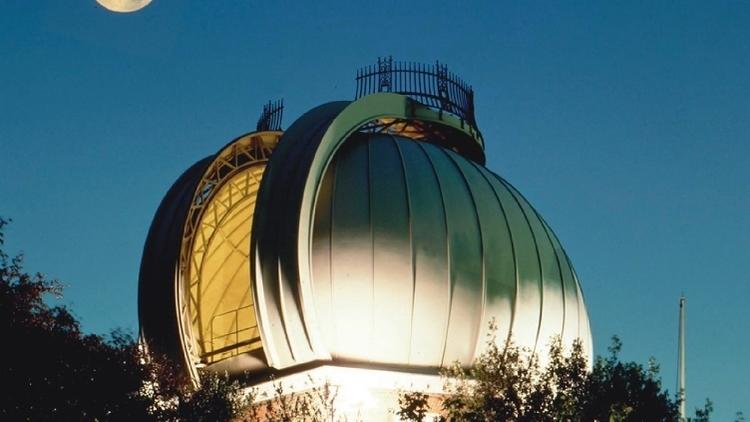
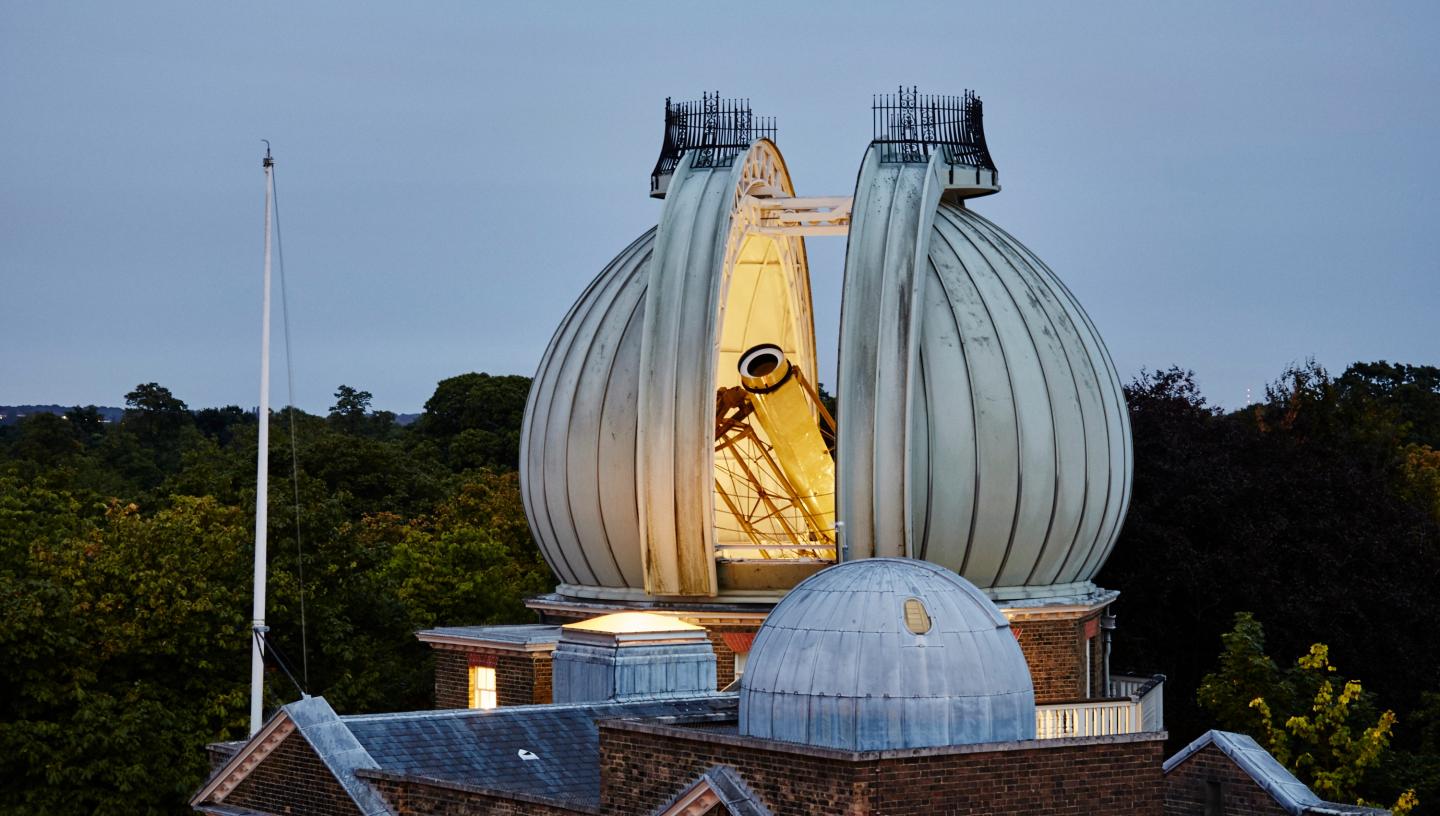
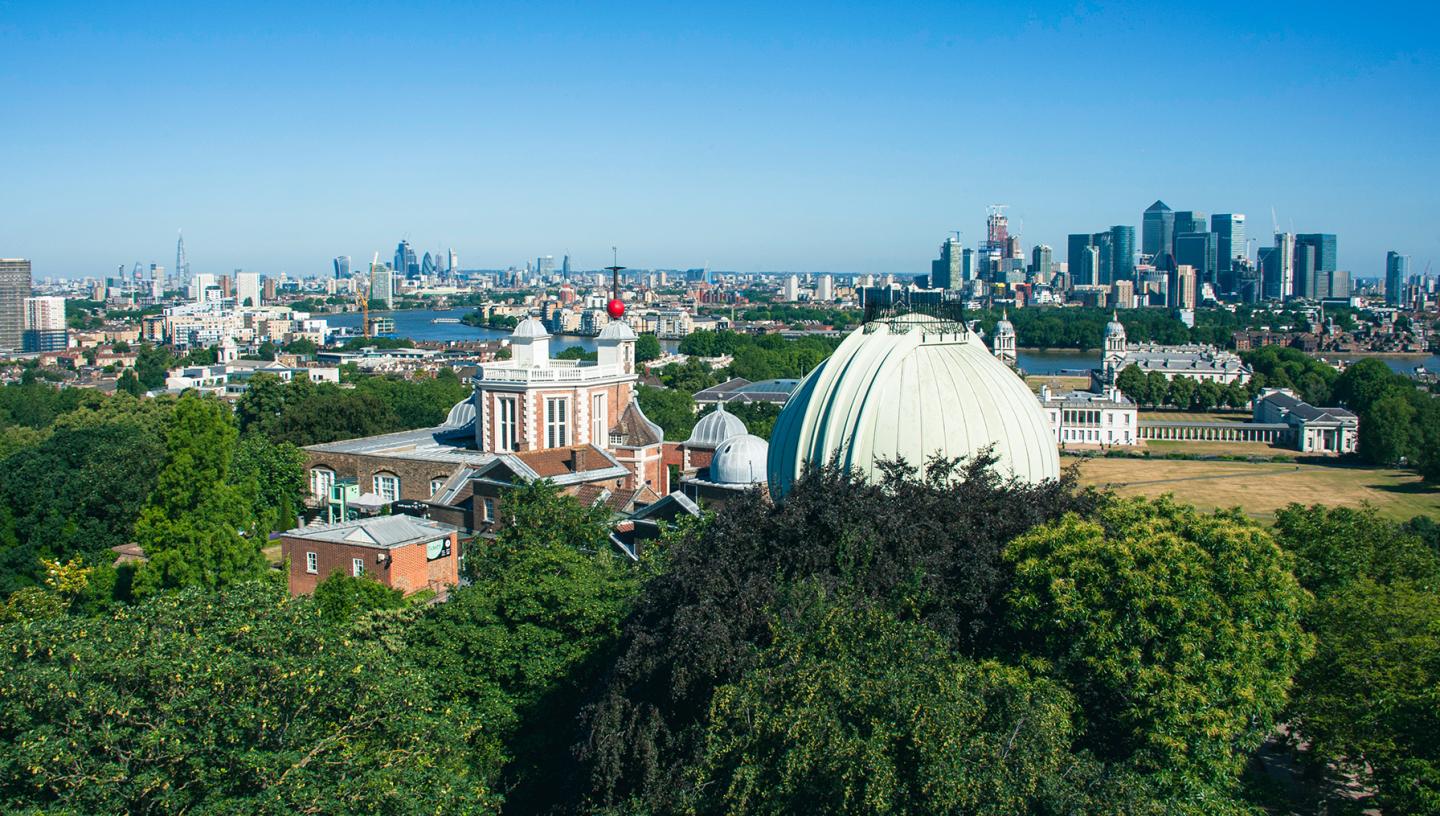
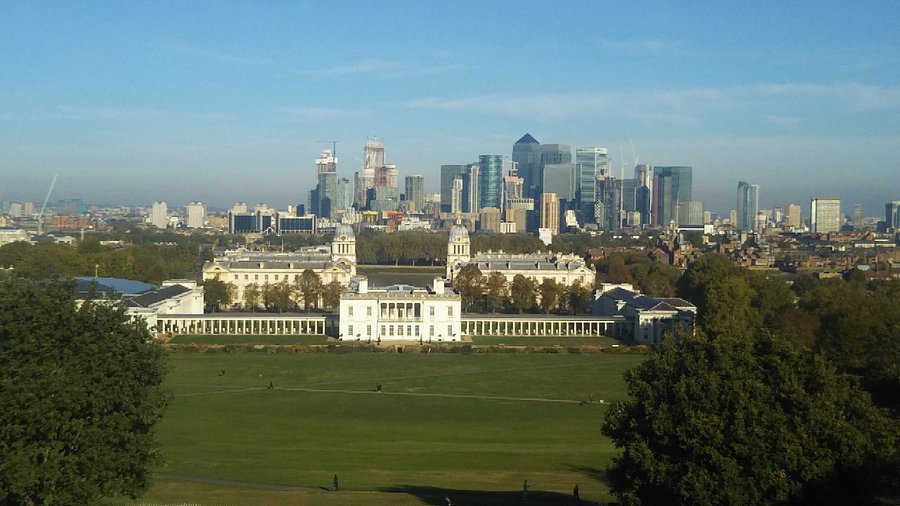
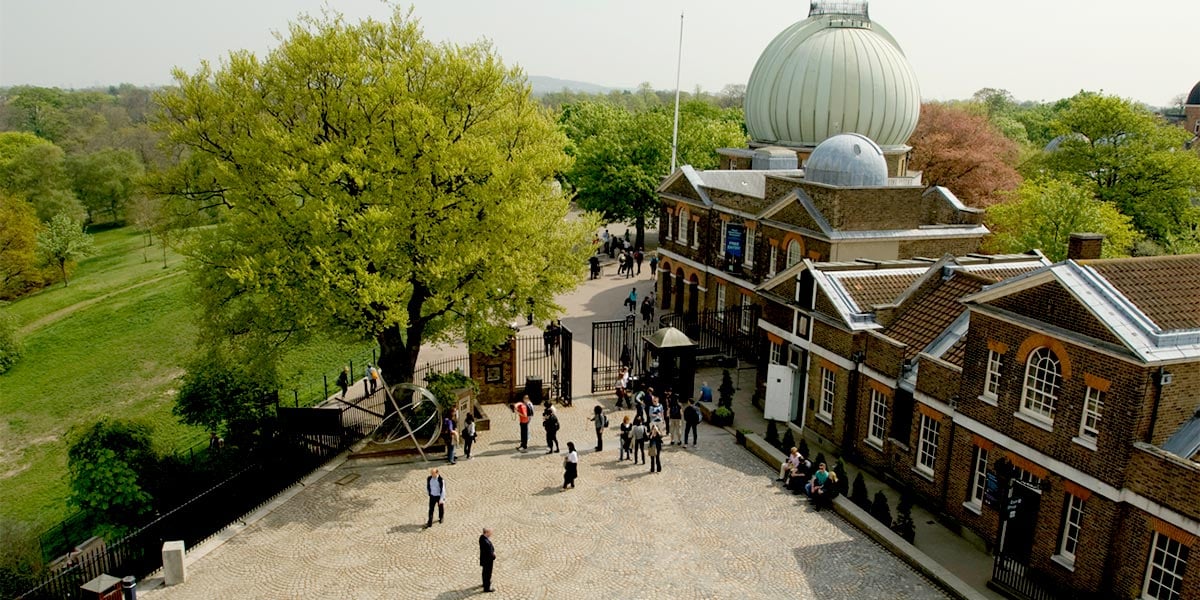
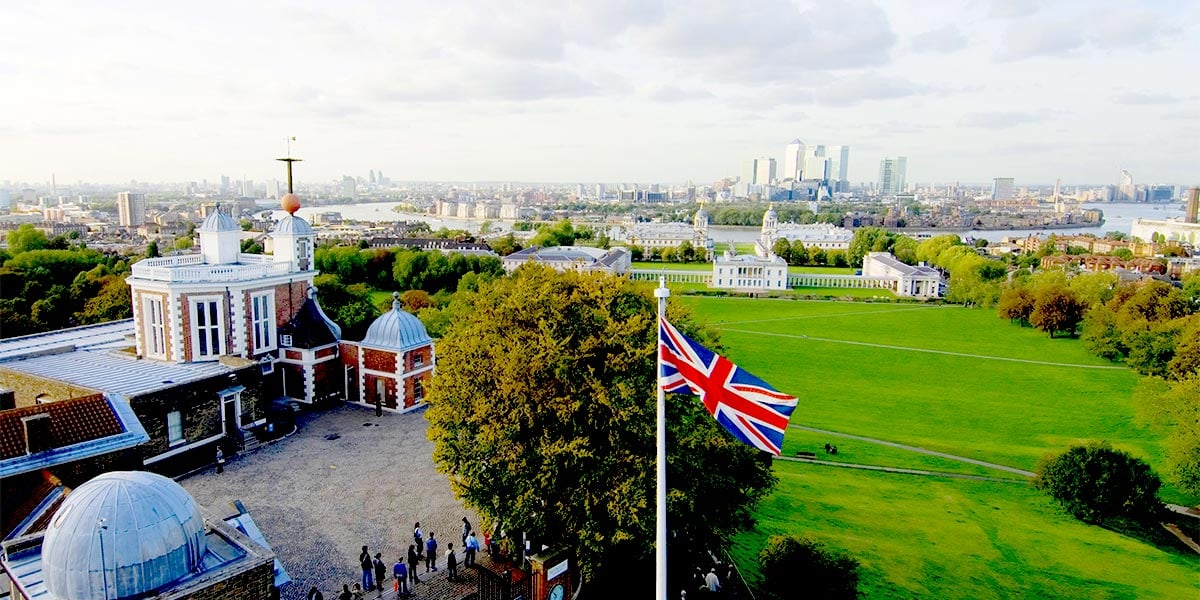
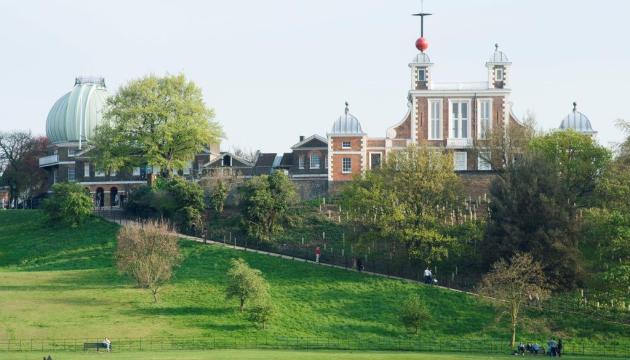

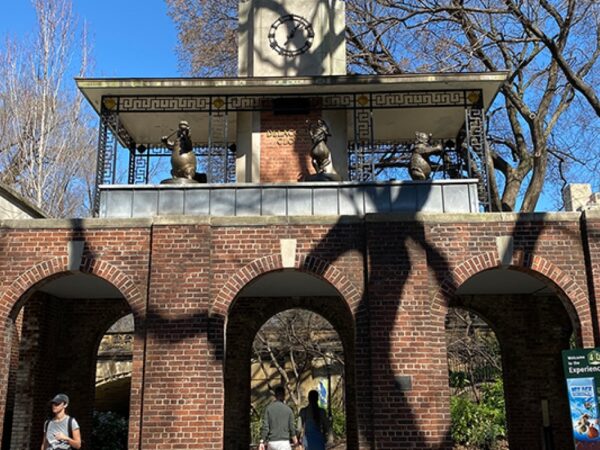
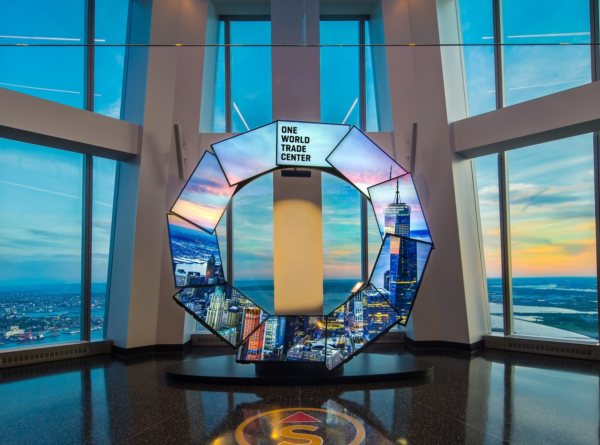
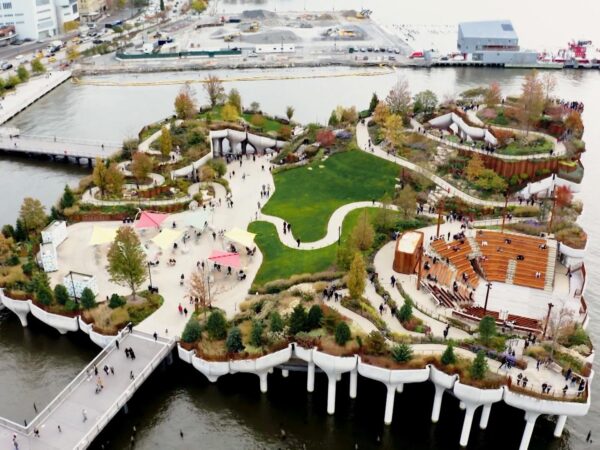
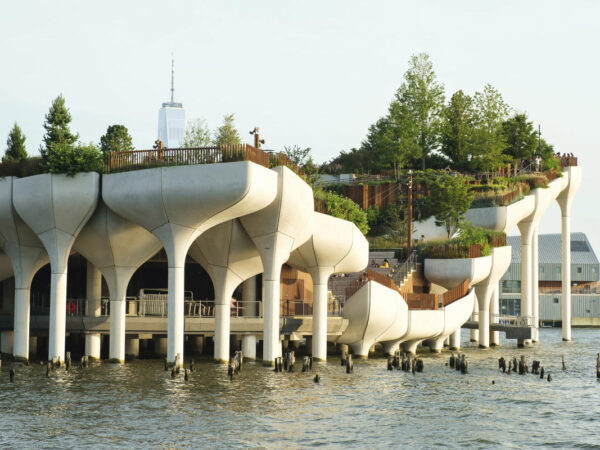


Reviews
There are no reviews yet.